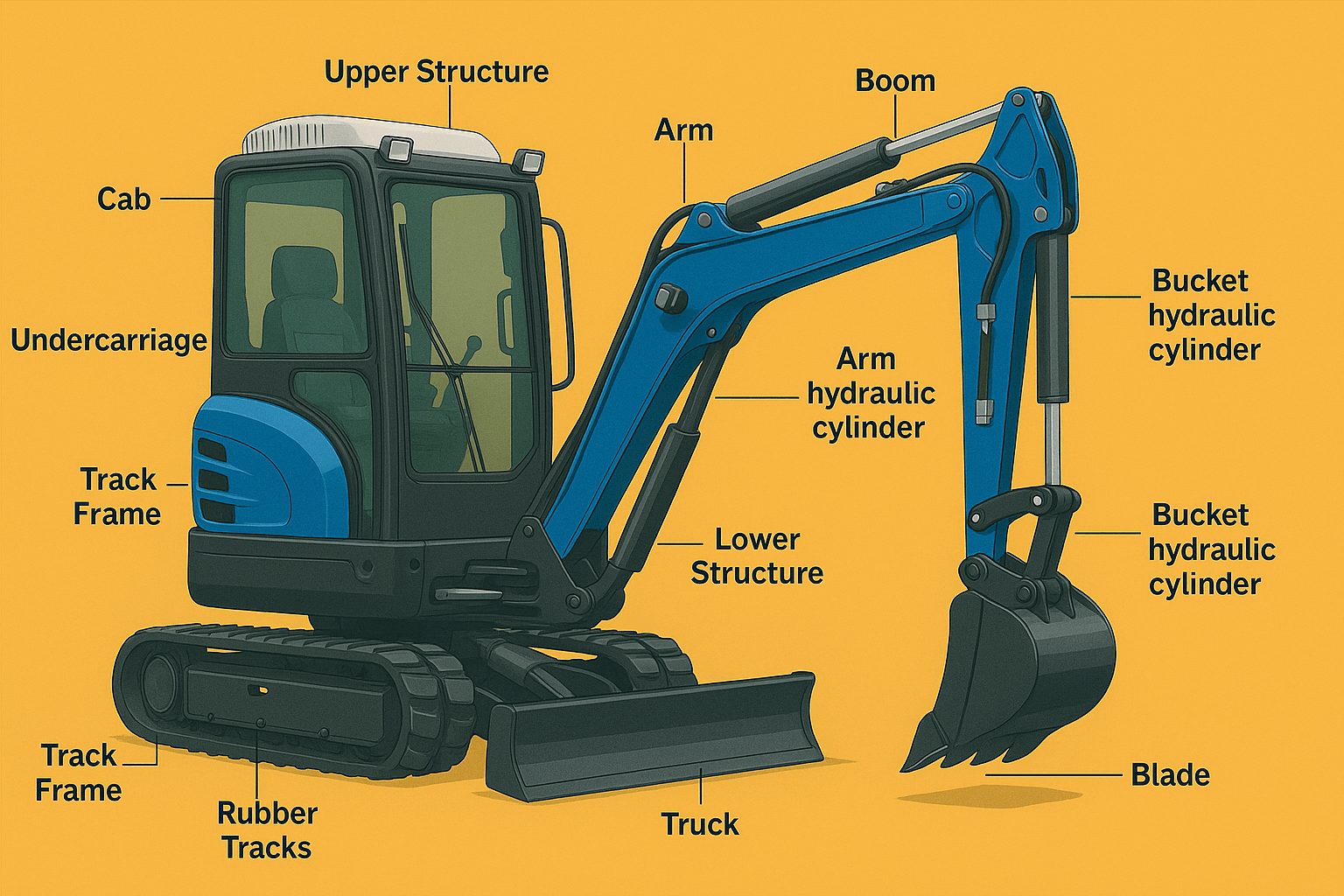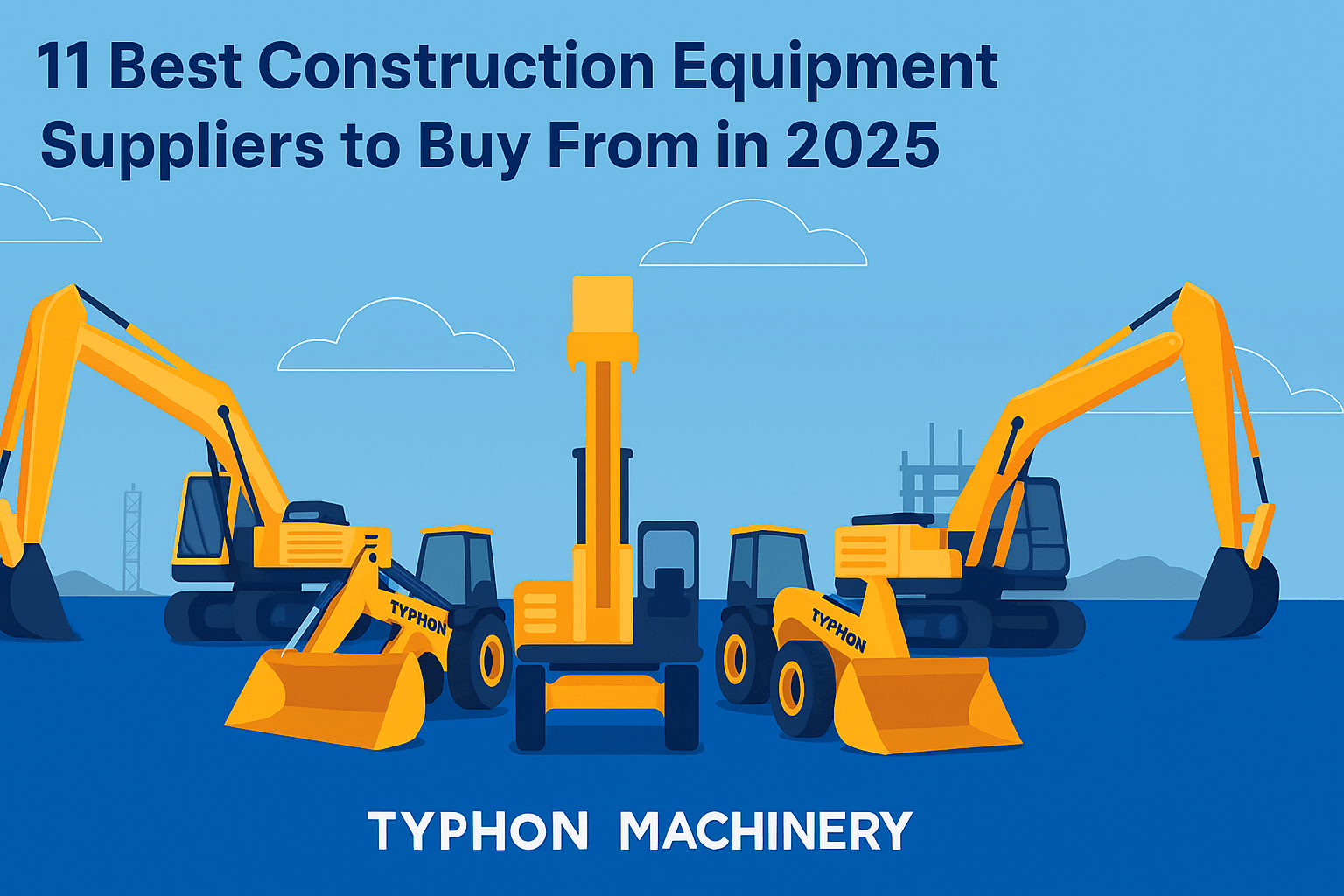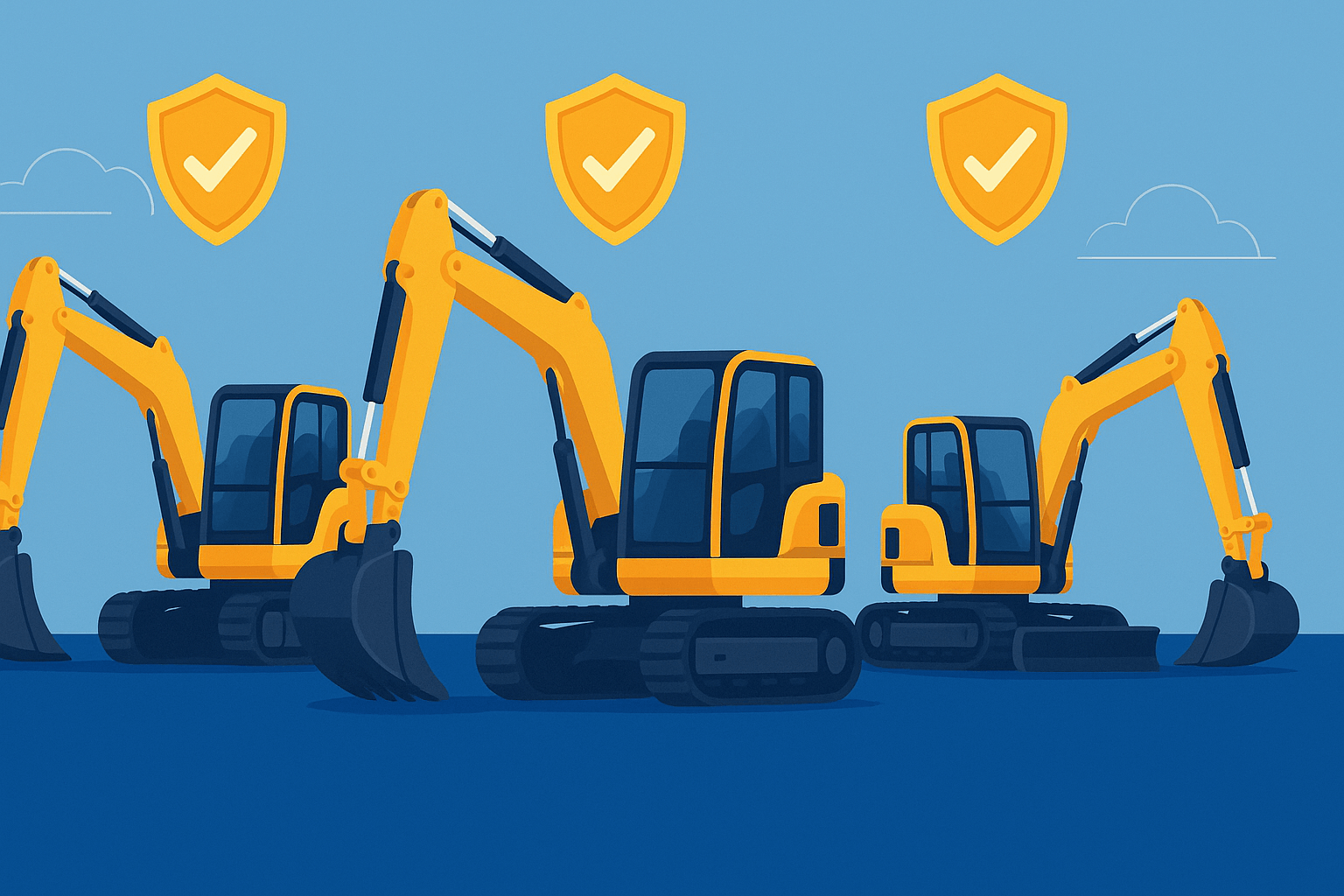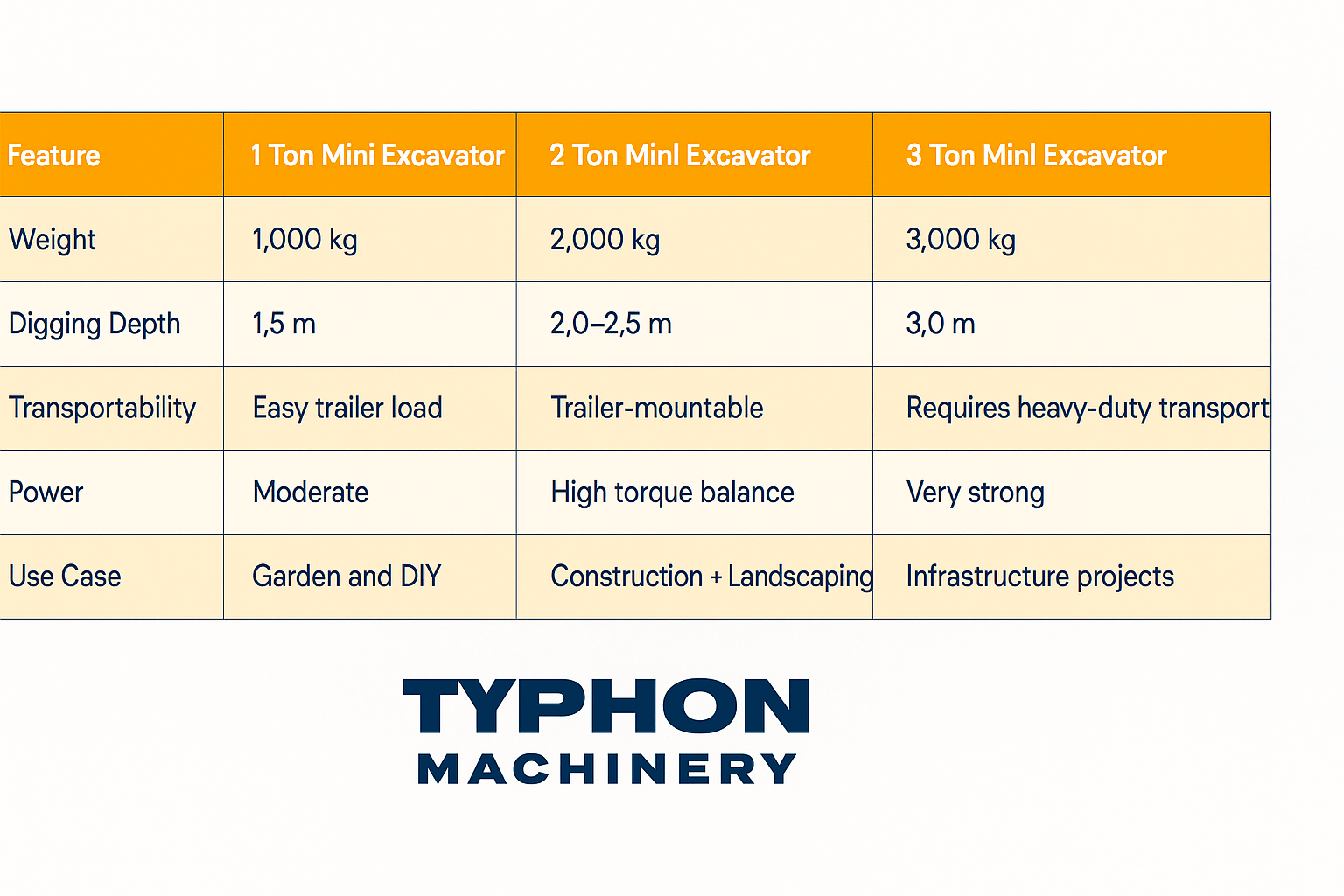Best Practices for Safe and Efficient Operation
Examining a wheel loader before fully operating is crucial to ensure the machine’s performance and safety. The test run usually comes around after 20 hours, during which different types of the loader’s functionality are examined under multiple different load types. In this latest blog, we’ll guide you on how to do a successful wheel loader test run, while focusing on operator safety, maintenance, and working efficiency.
7 Test Run Procedures for Wheel Loaders
1. Gradual Increase in Load
- Start by driving the wheel loader according to the manufacturer’s manuals. Step by step increase the load capacity, and make sure that the wheel loader isn’t pushed 100% of its limits during the first test phase.
- Don’t overload unstable materials. When handling such materials, refrain from lifting the loader’s working equipment too high, as it may cause instability, and eventually increase the risk of a rollover.
2. Wheel Loader Operation & Shoveling Capacity
- During the test run, check the loader’s shoveling capacity using different types of materials. This will give a clear indication of how the wheel loader handles different types of loads.
- It’s crucial to only perform tasks assigned to the loader. Misusing the machinery for other jobs can lead to severe accidents & can cause injury and damage to the loader as well.
3. Always Load Below 70% of Capacity
- During the Test run period, limit the load to 70% of the machine’s maximum capacity. This avoids overexertion of the loader’s components during its initial hours of work.
4. Handling Loose Materials
- Concentrate on shoveling free materials during the break-in period. refrain from sudden or aggressive movements with the machine, as this could strain the loader before it’s fully run in.
5. Check Points for the Test Run
- Check Nuts & Bolts: Make sure all nuts and bolts are tightly secured. Loose fasteners can cause dangerous malfunctions.
- Listen for Abnormal Sounds: Any weird noise from the rotating parts could be potential mechanical issues that need immediate attention.
- Monitor Instrument cluster: Keep an eye on the readings from the loader’s instrument panel to ensure everything is operating within the recommended range.
- Inspect for Leaks: check for any leaks related to oil, gas, or water in the engine. Fix these leaks immediately to avoid more damage to the machine.
- Test Steering and Braking: Ensure that the steering and brakes are responsive and reliable.
6. Special Considerations for the Test Run
- Don’t drive in Poor Visibility Conditions: Never operate the wheel loader in poor visibility like fog, snow, or heavy rain. Wait until the weather clears up to ensure safe operation.
- Be mindful of Height: When working in low-height areas like bridges, tunnels, or near power lines, be careful of height restrictions to prevent collisions with the bucket or the loader.
- Check around When Unloading: Before unloading materials into a truck, make sure no one is near the loader or the truck to avoid accidents.
7. Smooth Operation
- Do not do sudden starts, stops, and sharp turns unless in an emergency. Smooth, gradual actions are key to ensuring safe operation and extending the life of the machine.
- lubricate moving parts daily, and replace or add lubrication according to the machine’s manual.
Safety Tips for Operating a Wheel Loader
1. Descending Hills
- When driving downhill, use the brake pedal to control speed. use engine braking to assist if required. Never put the wheel loader in neutral while descending, as this can make it difficult to stop the machine.
2. Boom and Bucket Operation
- Keep the bucket level when raising or lowering the boom to prevent spillage and ensure stability during material handling.
FINAL WORDS
The starting test run of a machine is a crucial step in ensuring its safety and efficient operation. By following these expert tips—such as gradually increasing load capacity, maintaining proper lubrication, and operating under safe conditions—you’ll help ensure that your wheel loader operates smoothly for years to come. Regular checks during the test phase can prevent mechanical failures and reduce the risk of accidents, making your job site safer and more efficient and helping you avoid costly repairs.









